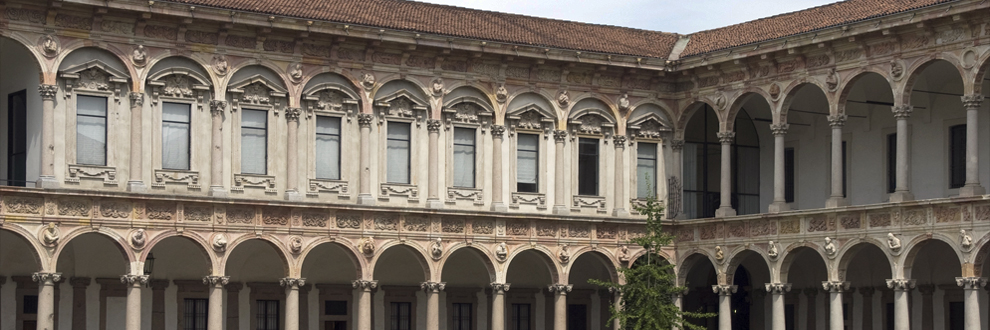
Modelling chemotactic motion of cells in biological tissues
29 January 2016
h. 12.30
Room BS
Bakhtier Vasiev
University of Liverpool
Developmental processes in biology are underlined by proliferation, differentiation and migration of cells. The latter two are interlinked since cellular differentiation is governed by the dynamics of morphogens which, in turn, is affected by the movement of cells. Mutual effects of morphogenetic and cell movement patterns are enhanced when the movement is due to chemotactic response of cells to the morphogens. In this presentation I introduce mathematical models to analyse how this interplay results into formation of propagating wave solution in a concentration field of a morphogen and associated steady movement of cells in tissue. It is found that a single cell or a group of cells of certain cell type surrounded by cells of another type can push itself to move, provided that it produces a chemical which acts as a chemorepellent to its constituent cells. Also, the group of cells can be pulled to move if it is attracted by a morphogen produced by the surrounding cells in a tissue. Even when the group is formed by cells which are not chemotactically active, it can move when surrounding cells are attracted chemotactically by the morphogen produced outside the moving group or repelled by the morphogen produced inside the group. In all cases the motion is possible if the chemotactic response is stronger than a certain threshold defined by the kinetics of the morphogen. The model is also extended to consider the effects of proliferation and differentiation of cells forming the moving group.
